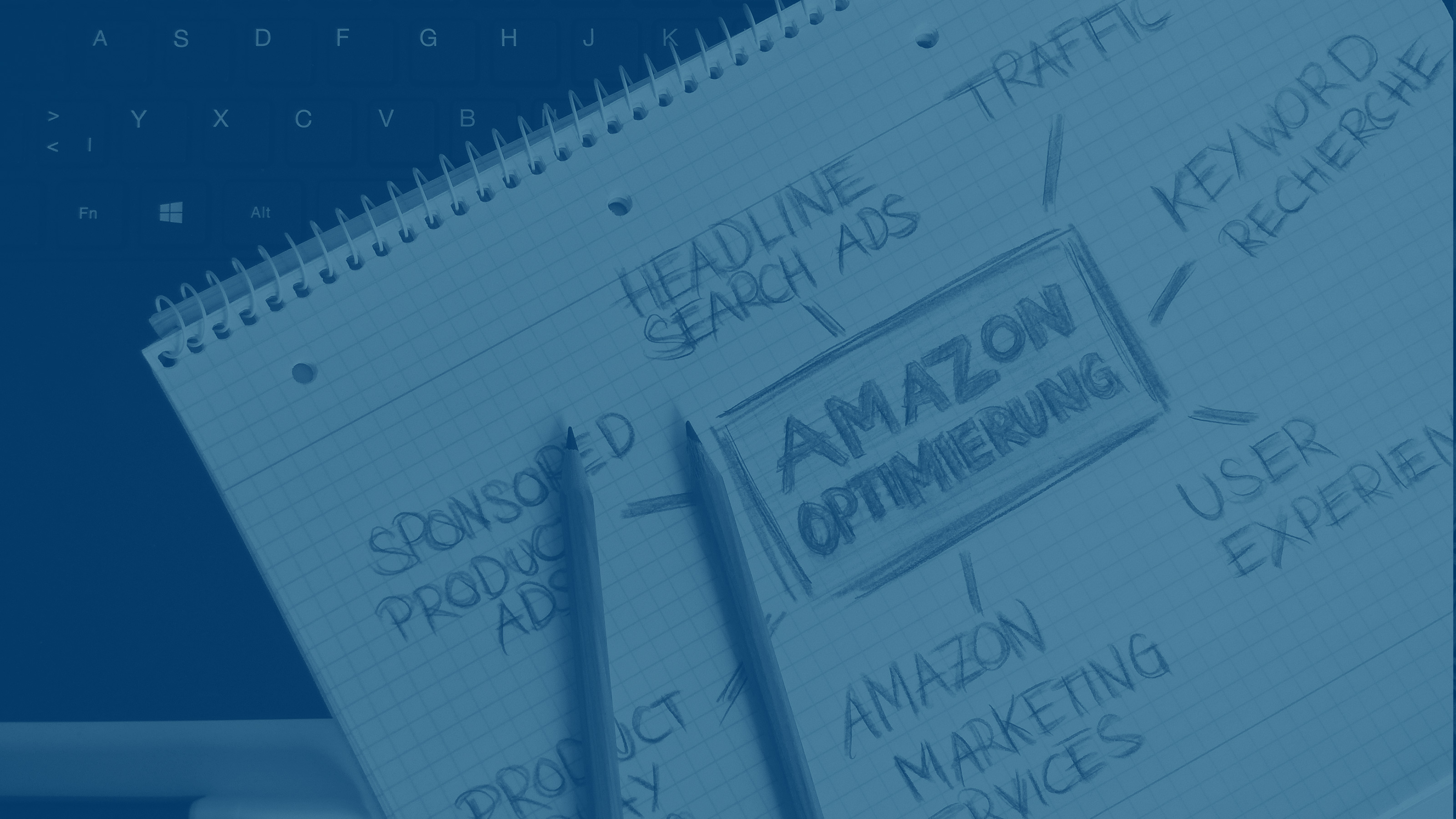Amazon PPC Controlling – Data drives decisions
When William Edwards Deming famously claimed, “Without data, you’re just another person with an opinion, ”Amazon was still “just” a river in South America. Amazon may now be a global marketplace, but the essence of his statement still rings true and is very much applicable when it comes to Amazon PPC marketing.
Yes, we know: most sellers aren’t overly enthusiastic about reporting, but transparent and actionable results mean the difference between great campaigns and dismal ones, between success and failure. This article will discuss the 10 most important performance figures in Amazon PPC controlling and the factors that influence them. If you’ve ever wanted to take the guesswork out of a sudden decrease in your sales or an increase in cost, or better understand your campaign performance reports, this article is for you.
General Structure
To measure cost, sales and profitability reliably, we just need 10 Key Performance Indicators (KPIs).
While profitability is what Amazon sellers are naturally most interested in, we actually look at it last because, just as the saying goes: “Fall in love with the process, and the results will come.”
Amazon KPIs in Detail

To help you understand each KPI, we’ll discuss their definitions, influencing factors and improvement strategies in detail.
Cost KPIs
1. Ad Spend
The ad spend is the product of the total number of clicks and the average cost per click (CPC). When we are analyzing a PPC account, the ad spend is what we look at first. Why? Doing so helps us get a feel for the scope of the marketing activities. And, it’s thereby essential to consider the total ad spend relative to the size of the product portfolio. As the bid management process requires data, each SKU should generate a meaningful number of clicks per day. If you aim for at least 30 clicks per SKU and day and we assume an average cost per click of 30 cents, your benchmark ad spend is:
Benchmark ad spend = Number of SKUs * 30 clicks/day * 30 cents/click = Number of SKUs * 9 USD/day
2. Cost per Click (CPC)
Your average cost per click is influenced by a number of factors:
- Keyword selection (fat head vs. long tail)
- Keyword relevance
- Competition
- Average product price in the respective product category
- Average profit margin in the respective product category
By downloading the bid recommendations Amazon provides, you can reliably put your own bids into perspective. For what percentage of your keyword set are your bids high enough?
Before increasing your bids, please keep in mind that increasing your bids does not only result in more (expected) traffic, but also in a higher ACoS and, consequently, lower profitability.
Sales KPIs
1. Impressions
Your PPC sales funnel starts with ad impressions, so when your focus is on growth, increasing ad impressions should be a priority. The factors influencing your ad impressions include:
- Keyword selection
- Search volume of the individual keywords
- Relevance – Does Amazon consider your product relevant for the keyword?
- Bid
- Campaign budget
Many sellers increase their bids to generate increased ad impressions. If your resources are finite, you can compensate by investing more time: you could research additional (relevant) keywords and integrate them into your product data. By generating more traffic via a larger set of keywords, your expected ad impressions increase without increasing your average CPC and ACoS.
2. Click-Through-Rate (CTR)
The CTR may be one of the most underestimated KPIs as sellers pay for clicks and consequently think they can ignore their CTR. That approach is wrong because the CTR signals relevance. As Jeff Bezos has said in multiple interviews, the key to success for Amazon is putting customers first. As customers click on products they like, a higher CTR reflects a better shopping experience. Consequently, Amazon has an incentive to drive more traffic to high-CTR products.
The factors influencing your CTR are:
- Product image
- Product title
- Product price
- Customer reviews – Total number of reviews and the average rating
- Prime status
- Ad position
As the ad position can only be influenced indirectly, your focus should be on the other five factors.
3. Clicks
Clicks are the product of the total number of ad impressions and your average click-through-rate. If you want to drive more traffic to your product detail pages, you should focus on the underlying factors influencing these KPIs.
4. Conversion Rate

While a comprehensive discussion of conversion rate optimization would be beyond the scope of this article, questions worth answering on this subject include:
- Is the product – and all key product features – portrayed in the product images clearly and in a recognizable form? For example, if you’re selling a backpack, do your product images show the shoulder straps, all compartments and the zipper?
- Are relevant product features described and explained in the bullet points and/or in the product description? For example, indicate whether your backpack offers standard or waterproof compartments.
- Might your customers have possible concerns that discourage them from making a purchase? For example, if you’re selling food supplements, you should address effectiveness and tolerability.
- Is the product reasonably priced when compared to key competitors?
- Do you have positive customer reviews and do they reference product quality?
5. Conversions
“Conversions” is simply a synonym for “total number of orders” and it is important to emphasize that we are referring to the number of orders, not the revenue these orders generate.
The formula is:
Conversions = total number of clicks * average conversion rate
If you want to increase your order volume, work on the factors influencing clicks and conversion rate. You should prioritize your conversion rate, as increasing your conversion rate not only increases your conversions but also improves your ACoS.
6. Average Basket
The average basket can be easily calculated by dividing the revenue your ads generated over a certain period of time by the total number of orders that generated the revenue. Factors influencing the average basket are:
- Product price
- Average number of products (unique SKUs) per order
- Average product quantity
As the absolute profit margin regularly increases in the product price, breakeven is often more easily achieved for higher-priced products. When the product price is below $20, having high conversion rates is the key to profitability.
7. Sales
The sales formula is:
Sales = conversions * average basket
To increase your sales, reconsider the factors influencing the total number of clicks, the conversion rate and the average basket.
Profitability KPIs
ACoS
The ACoS (Advertising Cost of Sales) is calculated by dividing your ad spend by the attributed sales. While cost is pretty straightforward, attributed sales are actually a little more complicated as it might seem, as Amazon reports six different sales KPIs. The two differentiating features of these sales figures are:
- Attribution window
- Same-SKU-sales vs. total sales
We discuss the ACoS in detail in this article and address how you can use the breakeven condition to calculate your individual maximum ACoS.
Understanding your KPIs, how they are calculated, and how to interpret the data they provide to drive your decisions is the essence of Amazon PPC controlling.
Looking for more detailed advice on your Amazon KPIs or your Amazon campaign performance reports? Please feel free to contact us or leave a comment below. We are always glad to help.



